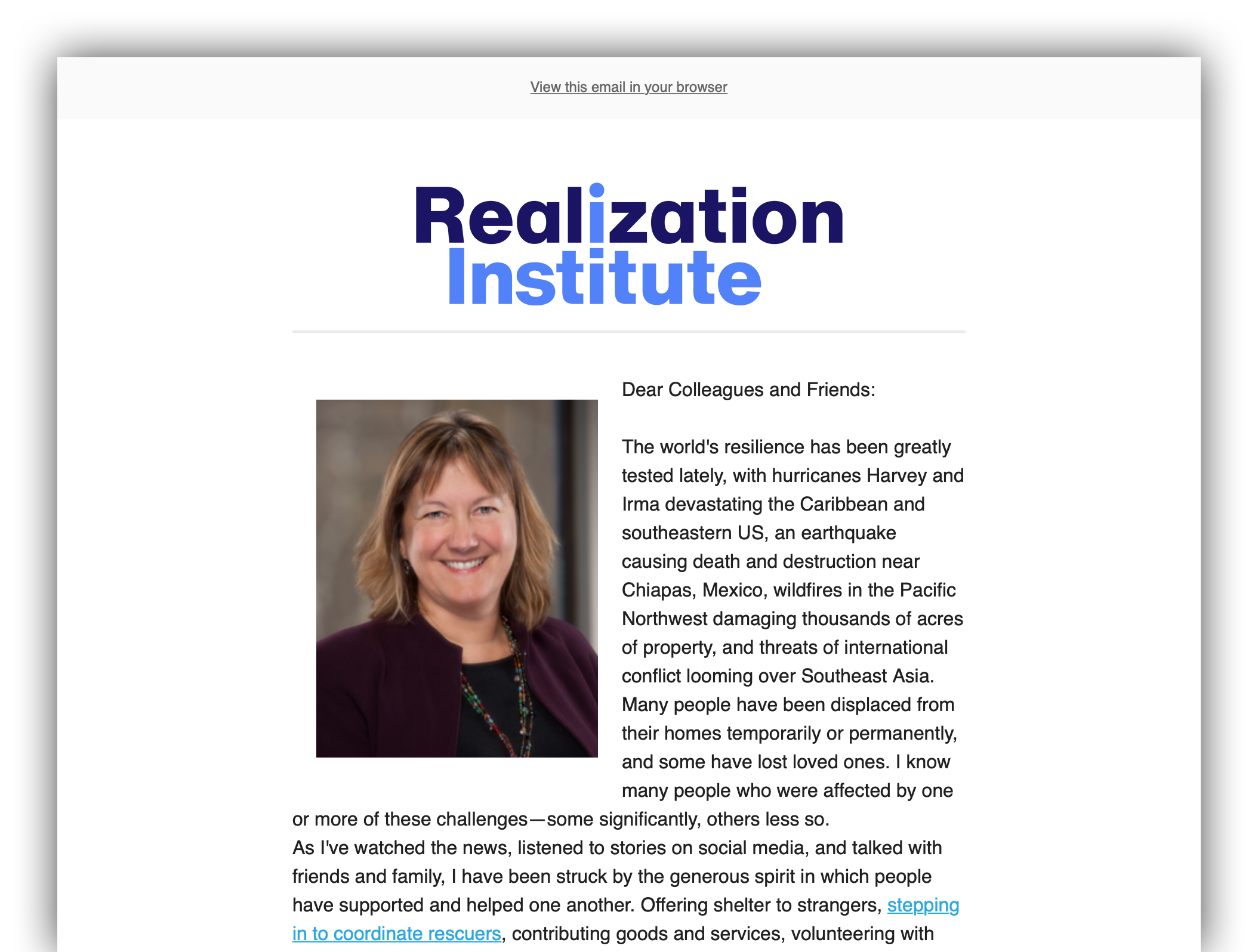Our Blog
Thought-provoking articles on resilience, change, and well-being from Linda Hoopes and selected guest authors.
3 Reasons Change Management Should Start BEFORE a Decision is Made
This is the first entry in my Change Management Contrarian series, which raises challenges to some of the concepts and conventional wisdom in the change management field. I believe that productive discussion starts with diverse perspectives, and hope I can stimulate...
Three Steps to Avoid Working Harder Than Your Sponsor
This article was originally published in the Change Management Review. One of the first pieces of advice I heard as a change agent was “don’t work harder than your sponsor.” Whenever I’ve shared this, the main responses I get are groans and eye-rolls. It’s definitely...
Seeking Input on Change Initiatives: How Much and From Whom?
This article was originally published in the Change Management Review. For change leaders and practitioners, the question of how much input to seek from stakeholders in change-related decisions such as what the organization should do and how to...
The “Last Mile”: Making Organizational Change Personal
This article was originally published in the Change Management Review. Change happens one person at a time. While change planning emphasizes engaging and communicating with various constituencies and stakeholder groups, we ultimately need to ensure that each...
Earning the Right to Influence: Two Strategies
This article was originally published in the Change Management Review. No matter what role you play in change, the ability to influence others is essential to your success. Influence is something that is earned over time—it’s rare to walk into a situation where you...
Evaluating Energy Demands for an Initiative: A 10-Question Diagnostic for Change Leaders
Experienced leaders know that people have a finite supply of energy and that in the face of too many energy demands people begin to lose productive capability and may display unproductive behaviors related to stress and overload. They also know that energy levels rise when people feel engaged and involved and fall when people feel controlled and victimized. As you prepare to introduce a new initiative to a group of people that will require them to make changes in their mindsets and/or behaviors, it can be helpful to estimate energy demands and match them against the group’s available energy.
Seven Resilience Muscles
What is resilience? Based on a great deal of research and observation of people going through change, we have identified a set of characteristics that help people use their adaptation energy more effectively. Think of these characteristics as “change muscles.” We believe that everyone has the ability to apply and develop each one. Just as certain physical muscles are stronger in some people than others, people differ in the strength of their resilience muscles. And, just as regular exercise will strengthen physical muscles, so resilience muscles can be strengthened through practice. When a change muscle is weak, it can certainly still be used, but the person must apply more effort to get the same result as a person who has developed greater strength in that area.
From VUCA to CAVU: The Role of Resilience
VUCA is an acronym coined by students at the U.S. Army War College to describe the state of the world after the Cold War: Volatile, Uncertain, Complex, and Ambiguous. It has become a very popular leadership term as a shorthand way of describing an environment that is crazy and turbulent.
Designing Your Personal Emergency Drill
As I write this post, one of the hot news topics is the safe landing of a Southwest Airlines flight that had an engine explode in mid-air, putting a hole in the side of the plane and creating a serious emergency that involved the death of one passenger. The pilot,...
Six Payoffs for Resilience
Resilience has been defined as the ability to deal with high levels of challenge while maintaining and/or recovering well-being and performance. Building resilience takes time and resources.
Change Practitioners and Personal Resilience
I've recently had the opportunity to do several workshops for the change management community on "The Resilient Change Practitioner." Here are 10 highlights: Change can be difficult when people see it as posing...
Holiday Energy-Zappers and How to Beat Them
Maintain your physical well-being at the holidays by protecting yourself against these three energy-zappers.
What If I’m Not Feeling Resilient?
Resilience is the ability to deal with high levels of disruption, difficulty, or challenge while maintaining or regaining a sense of well-being. Although there is a lot of emphasis on the topic these days, I believe that many people don't feel resilient a lot of the...
Change Management Classics: Synergy
Effective teamwork is particularly important during complex change initiatives. Do you know how to develop synergistic teams? This is the seventh in a series of articles focused on classic elements of change management content, updated and augmented...
The Origins of Prosilience
Are you dealing with a personal challenge--maybe an aging parent, a new chapter in your personal life, a health issue, or a child who requires special attention? Are you also dealing with changes in your work life? If so, then you're the reason I wrote Prosilience:...
Subscribe
Nourish your thinking on resilience, change, and well-being! Linda's newsletters are thought-provoking and informative.

CONTACT US
Here’s how to reach us if you want more information, have a question, or would like to set up a time to talk.







